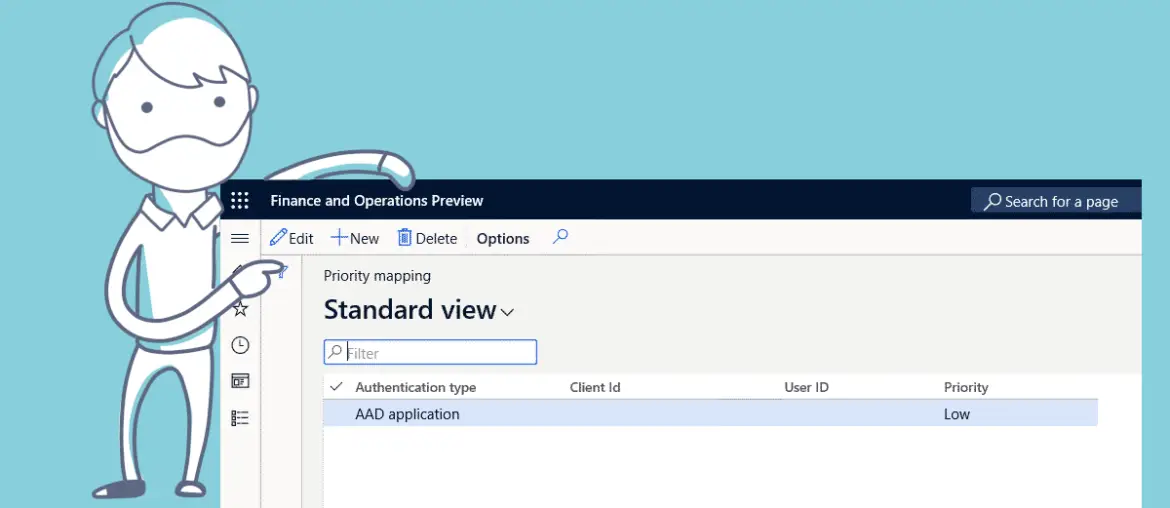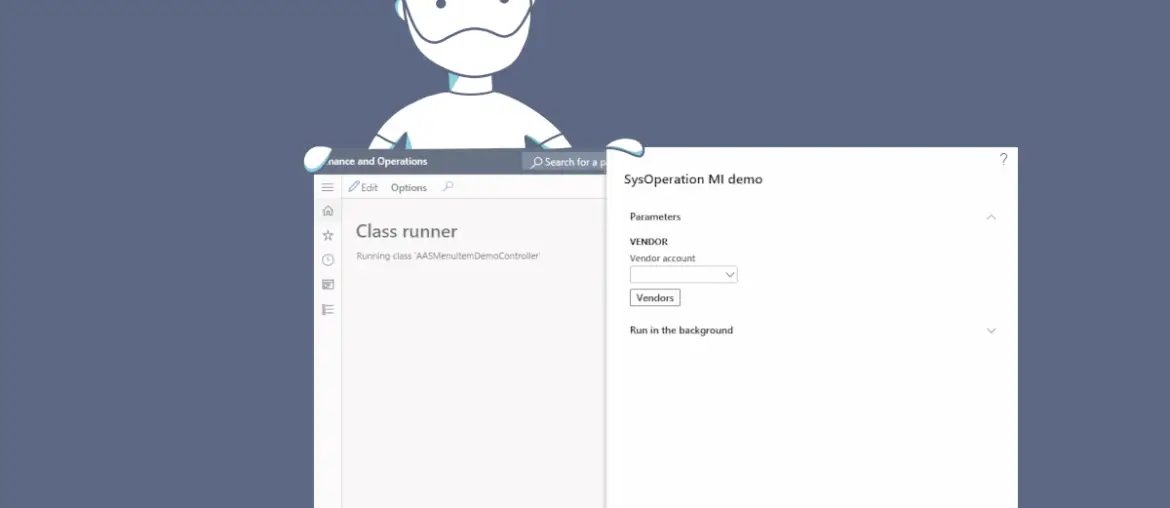Today we have a quick and easy X++ post where we’ll learn how to create an encrypted field in Dynamics 365 Finance and Operations.
Creating an encrypted field in Dynamics 365 Finance and Operations is a simple process that can help secure sensitive information in your application. By using an encryption key to encrypt the data, it ensures that the data remains safe even if it is accessed by unauthorized users.






